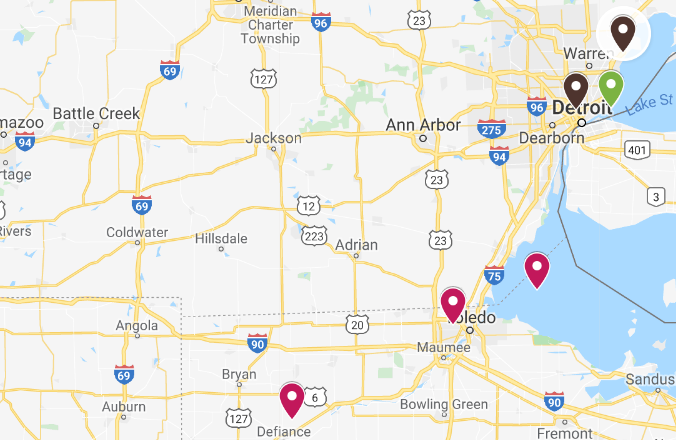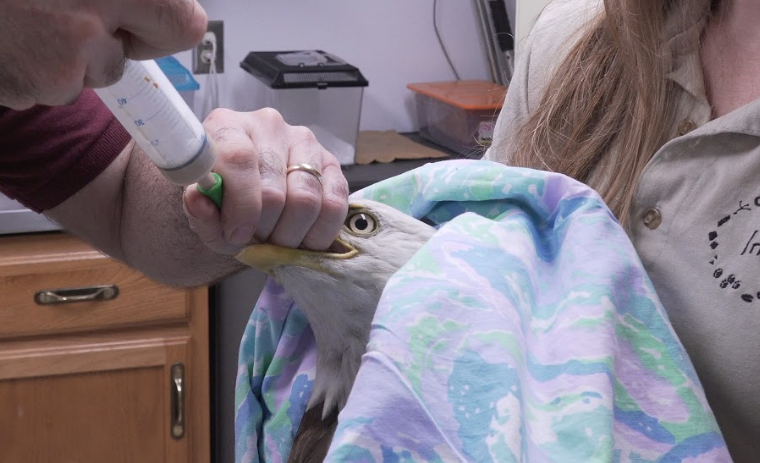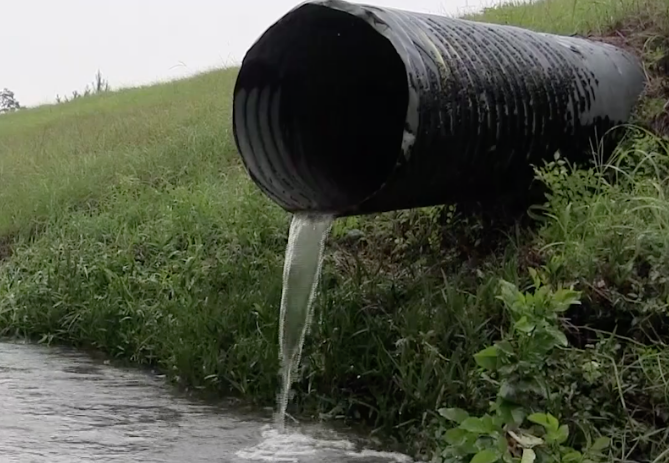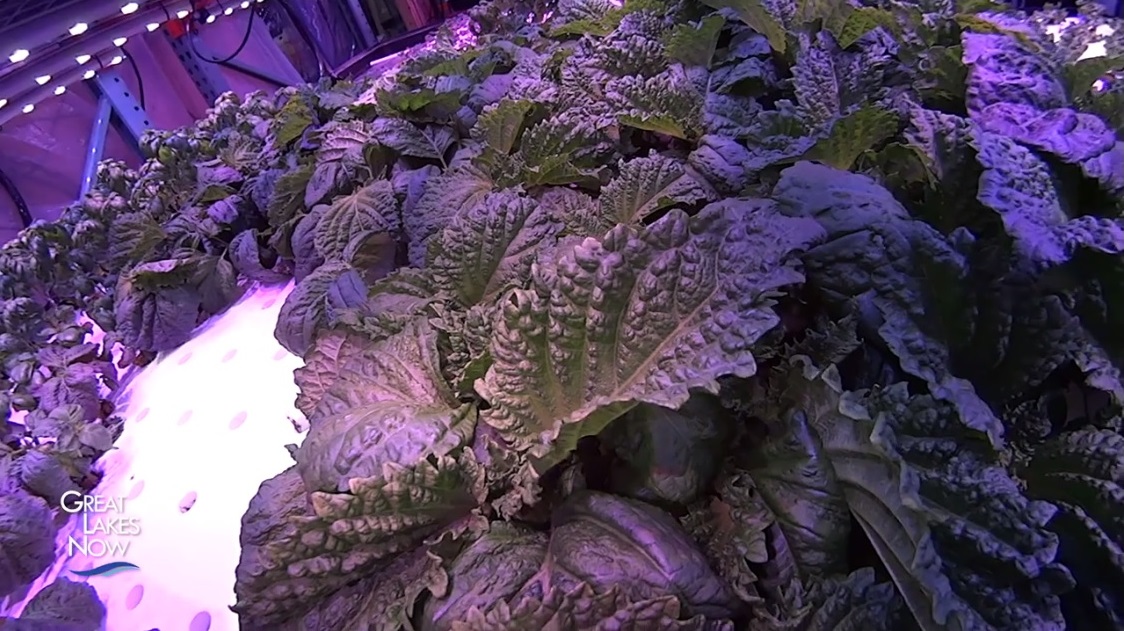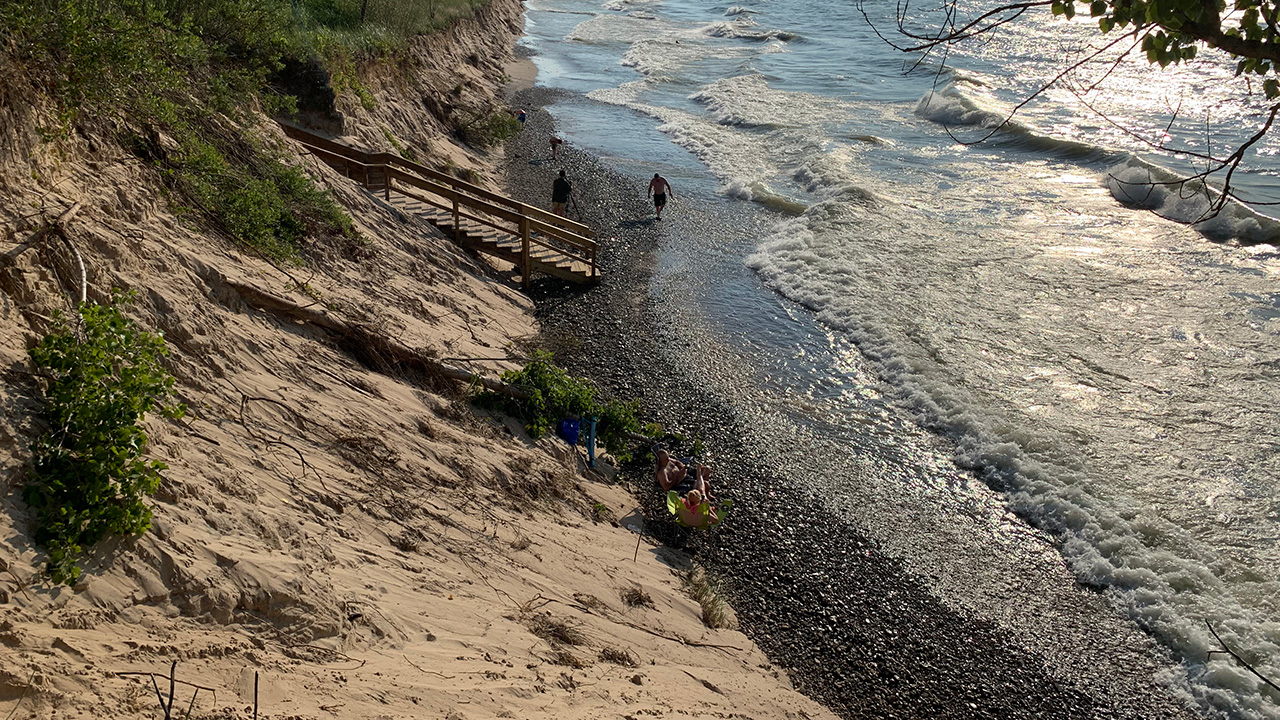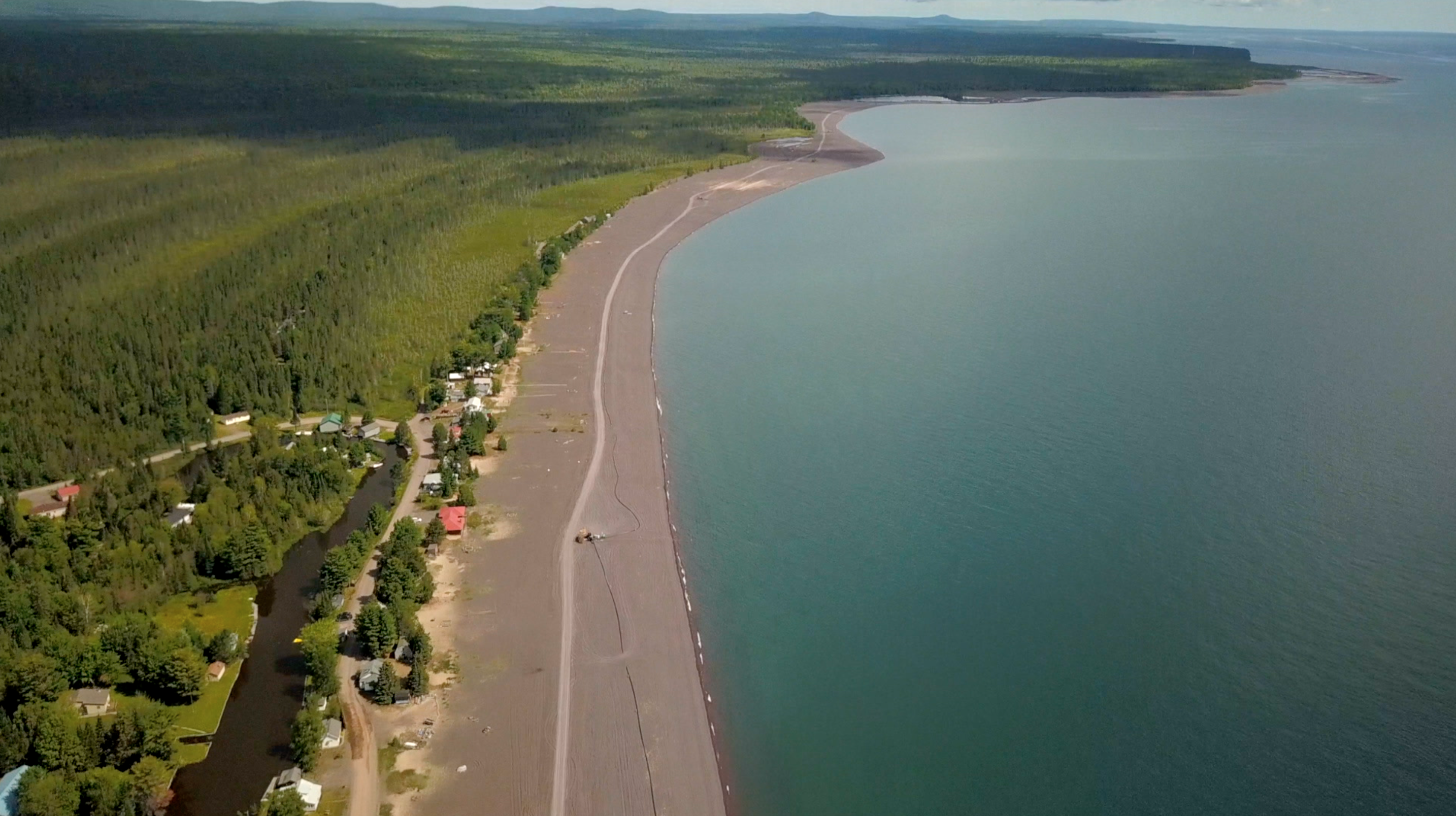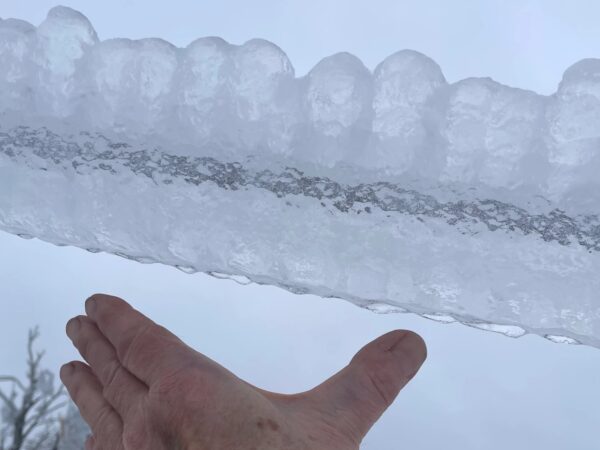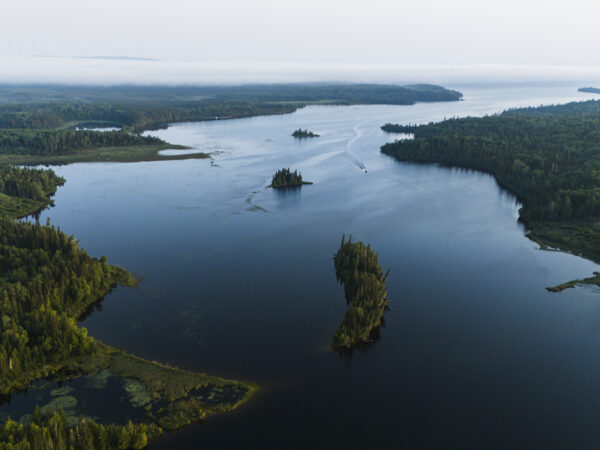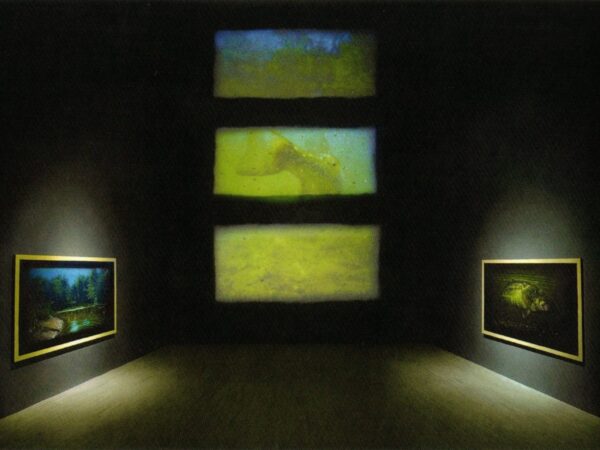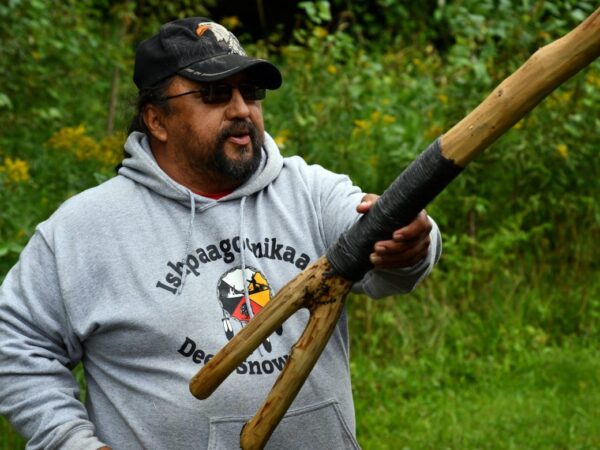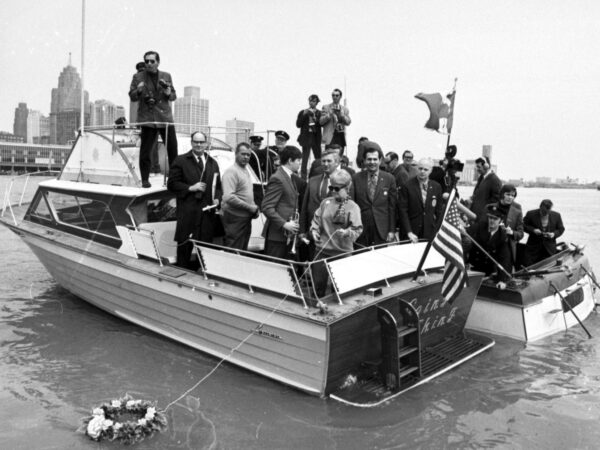Household waste, lead and agricultural runoff are byproducts of modern life. In this episode of Great Lakes Now, get the down-and-dirty reality of what can happen when these substances get into the region’s water systems.
WHERE WE TAKE YOU THIS MONTH
Watch Live on DPTV
Tuesday, October 29 at 7:30 PM
STATIONS CARRYING THE SERIES
DPTV
Detroit, Michigan
WNED-TV
Buffalo, New York
WGVU-TV
Grand Rapids, Michigan
WNMU-TV
Marquette, Michigan
WCMU-TV
Mount Pleasant, Michigan
WNIT-TV
South Bend-Elkhart, Indiana
WCNY-TV
Syracuse, New York
WGTE-TV
Toledo, Ohio
WPBS-TV
Watertown, New York
This Month on Great Lakes Now
Click the tabs to read descriptions of each feature in Episode 1007.
Fatbergs
SEGMENT 1 | CLINTON TOWNSHIP, MICHIGAN
Lurking in our sewers is a new problem. It’s big. It’s gross. It can force raw sewage into rivers and homes. It’s… a fatberg.
One of the largest fatbergs ever found was in a suburban Detroit sewer line.
But what’s a fatberg, you ask?
It’s a congealed mess of things people have put down their toilets, sinks and drains that should go in the garbage — think wipes, paper towels and hygiene products. Clumps of the paper waste are held together by oils, grease and other fats that have been poured down sinks and drains. Other stuff attaches too.
What makes fatbergs such a problem is that if they get big enough, they clog the sewer lines, which can mean raw sewage backing up into basements or leaking into rivers or lakes.
- Take the Great Lakes Now quiz to find out which city’s fatberg you have the most in common with. Click HERE.
Lead-Poisoned Eagle
SEGMENT 2 | MENOMINEE, MICHIGAN
An ailing bald eagle is receiving treatment at a rehab facility in Wisconsin.
When Jerry Maynard got the phone call about a bald eagle hanging upside down from a tree on the shores of Lake Michigan, two possibilities for the bird’s behavior occurred to him: either it was infected with West Nile virus, or it was suffering from lead poisoning.
It turned out to be the latter.
Lead poisoning for eagles seems to be more of a consequence of coexisting with humans. Rather than getting shot or consuming the lead directly, the eagles get the lead poisoning from eating fish that have swallowed lead fishing tackle or deer and other game shot with lead bullets.
- Read more about the history and struggle of the eagle population in the Great Lakes region HERE.
Great Black Swamp
SEGMENT 3 | TOLEDO, OHIO
The roots of Lake Erie’s perennial harmful algal blooms go back more than a century.
This year’s algal bloom covered 620 square miles of Lake Erie by mid August but, unlike in 2014, drinking water was not affected in nearby communities.
The major cause of the blooms that many scientists point to is excessive nutrient runoff, mainly phosphorus and nitrogen from surrounding agriculture fields or wastewater.
But the story of this modern crisis is tens of thousands of years old.
“If you go back in time,” says Clint Mauk, a local author and historian of the northwest Ohio region, “this area was covered by two miles of glacial ice, and when it finally melted oceans rose back up to the levels that we know them today.”
The Great Lakes were created from that process, as was the Great Black Swamp. Mauck calls it “an absolute terrifying wilderness” in what is now northwest Ohio, and its history is helping determine the present situation in Lake Erie.
WGTE-TV produced this segment with support from a Great Lakes Now Local Station Production Grant.
Here are more Great Lakes Now stories about wetlands:
- Read more from Great Lakes Now about the history of the Great Black Swamp and efforts to restore some of the wetlands to past conditions HERE.
- Read more about the northwest Ohio region >
Have a question about the Great Lakes or life in the region?
Ask Great Lakes Now, and if we can answer it, we might loop it into our coverage so others can learn too.
Submit Your QuestionPrevious Episodes
Fire, Fish and Food
Episode 1003
The 50th anniversary of Cleveland’s Cuyahoga River fire, Asian carp in the Great Lakes, and hydroponic farming in Detroit.
Watch the ShowPipelines, Plastics and Parks
Episode 1004
The fight over an oil-and-gas pipeline in the Straits of Mackinac, and microplastics in waters. The newest U.S. National Park on Lake Michigan’s shoreline.
Watch the ShowCruises, Rising Waters and Ship Safety
Episode 1005
Travel aboard one of the growing number of cruise ships as passengers visit First Nation communities on a Canadian island in Lake Huron.
Watch the ShowWaters Restored
Episode 1006
See what happened after a fast-growing western Michigan community started running out of drinking water.
Watch the ShowFeatured Articles
Digital Credits
The Great Lakes Now Series is produced by Rob Green and Sandra Svoboda.



